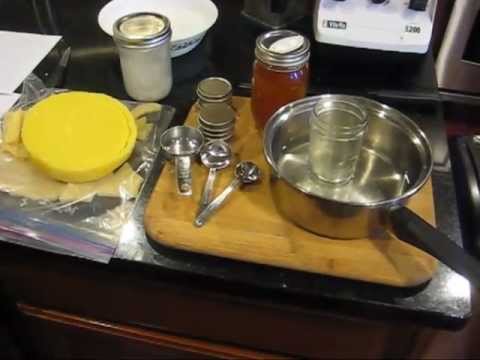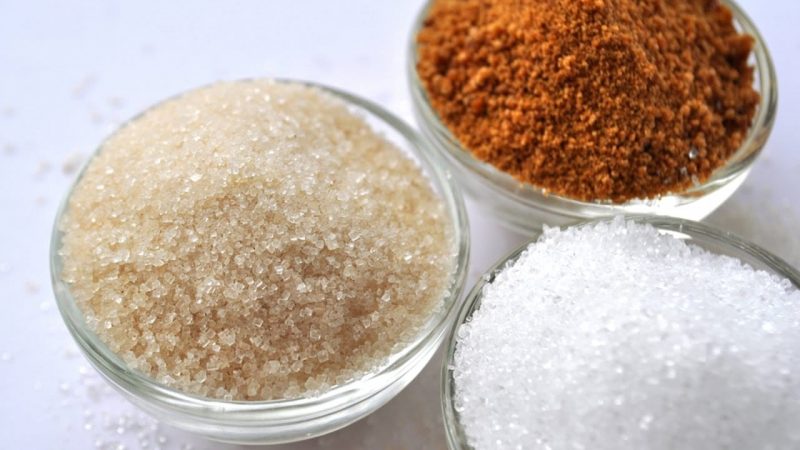Natural Flea & Tick Prevention For Cats
Contents
If you’re a cat parent, you know all about the dreaded flea season. It’s that time of year when pesky critters start to appear on your furry friend before you even know it. But don’t worry – we’ve got you covered! In this post, we’ll show you some simple and natural ways to keep fleas and ticks away from your beloved kitty. You might even have some of these things lying around your home already, so get ready for a flea-free season!
Fleas and ticks can cause a variety of illnesses in cats if not prevented or treated properly, which is why it’s important to put in place a comprehensive flea and tick prevention plan. Natural flea and tick prevention methods are widely available, offering pet owners a safe, reliable, and affordable way to protect their pets from these pesky pests.
Let’s take a look at some of the best natural flea and tick prevention methods for cats and how they can help keep your feline friend in tip-top shape. Keeping your cat safe and healthy has never been easier!
Why are cats so different than dogs?
It is extremely important to understand that cats and dogs are not the same. Dogs are much like humans in the way that they metabolize toxins, through their liver and kidneys and subsequently their urine. Cats, on the other hand, do not metabolize toxins in the same way. In fact, their bodies are so different that their liver doesn’t contain certain enzymes that dogs have, to break down specific chemicals in the liver.
Because they don’t have these enzymes in their liver, if the cat comes into contact with specific chemicals that they are sensitive to, rather than running through their liver and breaking it down, their body just builds up the toxins until it imbalances the body and causes disease and even in many cases death. This understanding is not just for essential oils, (which is a hot debate we will discuss further later, I am planning an entire post on essential oils and cats after I am done fully researching the topic!) but with the quality of anything you choose to put on your cat.
Quality of ingredients is your most important goal when making your own natural products for your cat. Some pesticides are used on plants/herbs/fruits/etc. contain toxins that are dangerous to cats. Buying organic and checking the labels to be sure that ingredients are pure and not cut with any dangerous ingredients is vitally important when shopping for ingredients for products made for cats.
Animal health is the most common reason for fleas
For the most part, a healthy animal will not find itself with an infestation of fleas. Holistic Veterinarians are often quoted saying the healthiest animals are less likely to be “flea magnets,” and health starts first and foremost, with diet. William Pollak, DVM says:
The best flea control is a vital animal that radiates health and fitness, an animal consuming fresh, wholesome food and living a good, natural balance with its environment. The presence of fleas is an indication that you need to create greater life energy in your pet.”
Bug-repelling herbs that are safe to use with cats
Though cat’s systems are more sensitive, there are plenty of bug-repelling herbs that are safe to use on cats in herb form. (This is not a list of essential oils to use, merely herbs themselves that are safe for cats to ingest or use topically. Some of these herbs may be toxic to cats in essential oil form)
- basil leaf
- catnip
- chamomile flowers
- coriander seed
- hyssop
- lemon balm
- lavender buds
- lemon verbena
- neem leaf
- peppermint leaf
- rosemary leaf
- thyme leaf
Plants that are TOXIC to cats
It is important to know some of the plants that are toxic to cats and commonly grown in the garden. I don’t use any of these for any recipe given on my site, but for the sake of learning and safety I am sharing them with you just in case you might grow them in your garden and also have family cats! Although there are many toxic plants out there, for the most part, cats will just munch on grass and leave everything else alone. These common garden plants can induce particularly nasty reactions in cats, sometimes even ending in death:
- Amaryllis
- Autumn Crocus
- Azalea/Rhododendron
- Black Locust
- Castor Bean
- Cyclamen
- Foxglove
- Kalanchoe
- Larkspur
- Lily (all types)
- Monkshood
- Oleander
- Sago Palm
- Yew
Natural Flea & Tick Repellents for Cats
Even with their sensitive natures, there are still many ways to help combat fleas and ticks with cats. With diligent work with many, if not all, of these options you can effectively take care of fleas for all of your pets, naturally:
Flea Comb
A good flea comb is a top priority in grooming cats with fleas. They are best used after a wash with soap or dry shampoo/flea powder.
Diatomaceous Earth
A fine white powder made from the microscopic remains of fossilized diatoms, a type of ancient algae, diatomaceous earth kills most insects by cutting through the insect’s exoskeleton like a knife. When making a flea powder with diatomaceous earth (combine with some finely ground insect-repelling herbs) be sure to avoid your pet’s face when applying so that they do not inhale it. If using on carpet to vacuum up, leave it on the carpet for a few hours or overnight before vacuuming up. I line my doorways with this during the summertime to keep ants out of my house!
Raw Apple Cider Vinegar
The smell of vinegar alone is enough to repel a mosquito, but apple cider vinegar is more than just a repellent. It is a natural conditioner for the skin and hair. It is also great for adding shine and luster to the coat. A really great way to utilize ACV to repel bugs, is to steep apple cider vinegar in rosemary, lavender, neem leaf, and/or other bug-repelling herbs for two weeks, shaking the jar daily. Strain herbs from the ACV and spray on your dog. Allow to dry and do not rinse! Works great on people too and is safe on and around children as well. For cats, it’s most important to buy organic because some pesticides are toxic to cats and they are unable to metabolize them through their system.
Soap
I know this is not a preferred method for cats, and truly unless your cat is badly infested with fleas or covered in mud, it’s best for a healthy cat’s skin, to allow them to bathe themselves normally. If your cat is badly infested with fleas, then a bath is warranted and can help, but regular bathing of healthy cats is not recommended because they have a sensitive oil cycle on their skin and regulate their cleanliness themselves. If you need to bathe your cat, use real soap rather than synthetic detergents to wash them with. Real soap, like castile soap, is made with oils and fats and when it gets on a bug (this is true in your garden and on people too!) it disrupts the insect’s cell membranes, causing them to die from dehydration. Don’t forget to dilute if using castile soap, it’s highly concentrated and shouldn’t be used straight up. My suggestion is to use the baby mild/unscented version that way you can be sure it contains no essential oils that might interact with your cat.
Herbal Tea Flea Dip
Just like the soap option, you do this at your own risk with a cat. You are highly likely to come out of this scratched if your cat has claws, but if the infestation is bad enough, it’s worth it. Pick cat-safe herbs that repel insects and steep them in hot water until the water is cool. Strain and pour onto/spray onto the cat generously. Allow to dry without rinsing and follow up with a flea comb.
Regular Vacuuming
Regular vacuuming helps to pick up fleas and eggs from your carpets, floors, and furniture. It is important to flea control to empty the vacuum cleaner immediately after vacuuming and remove it from your home to prevent re-infestation. For an extra flea-killing oomph (that also helps to repel them too) combine 1-2 Tbsps. of finely ground bug-repelling herbs to 2 cups baking soda and sprinkle all over your carpet before vacuuming. Let sit 15-30 minutes before vacuuming. Not only does it leave a lovely scent to your home, but it also helps to kill and repel those pesky fleas! This is also great to do all over pet bedding and furniture that your dog frequently lies on.
Maintaining Your Yard
Flea problems outdoors can be managed by maintaining your lawn and shrubbery and keeping it short wherever your pet frequents. You can also make soap sprays to spray in heavily infested areas of your yard.
Wash Bedding Weekly
Though you can wash some bedding in the washing machine, others are more difficult to do so frequently. I am lazy so I like to sprinkle the bedding with baking soda at the same time that I am sprinkling my carpet, let sit 15-30 minutes, then vacuum up.
Natural Flea & Tick Spray for Cats
Ingredients
- 2 cups raw unfiltered apple cider vinegar
- 1 Tbsp. neem leaf
- 1 Tbsp. catnip
- 1 Tbsp. lavender buds
- 1 Tbsp. peppermint leaf
- 1 Tbsp. aloe vera gel (optional but helps with skin and hair health)
- filtered water
Directions
- Combine apple cider vinegar and herbs in a mason jar and steep for 1-2 weeks, shaking daily to combine. Strain with a cheesecloth or coffee filter before keeping in a glass mason jar for use.
- In an 8 oz. spray bottle, combine 1/2 cup herbal-infused apple cider vinegar, aloe vera gel, and distilled water to fill.
- To use: spray onto the cat while grooming. Allow to dry and do not rinse off. My favorite grooming brush to use is the Furminator! I use the dog version and the cat version and have never found anything to work as well.


